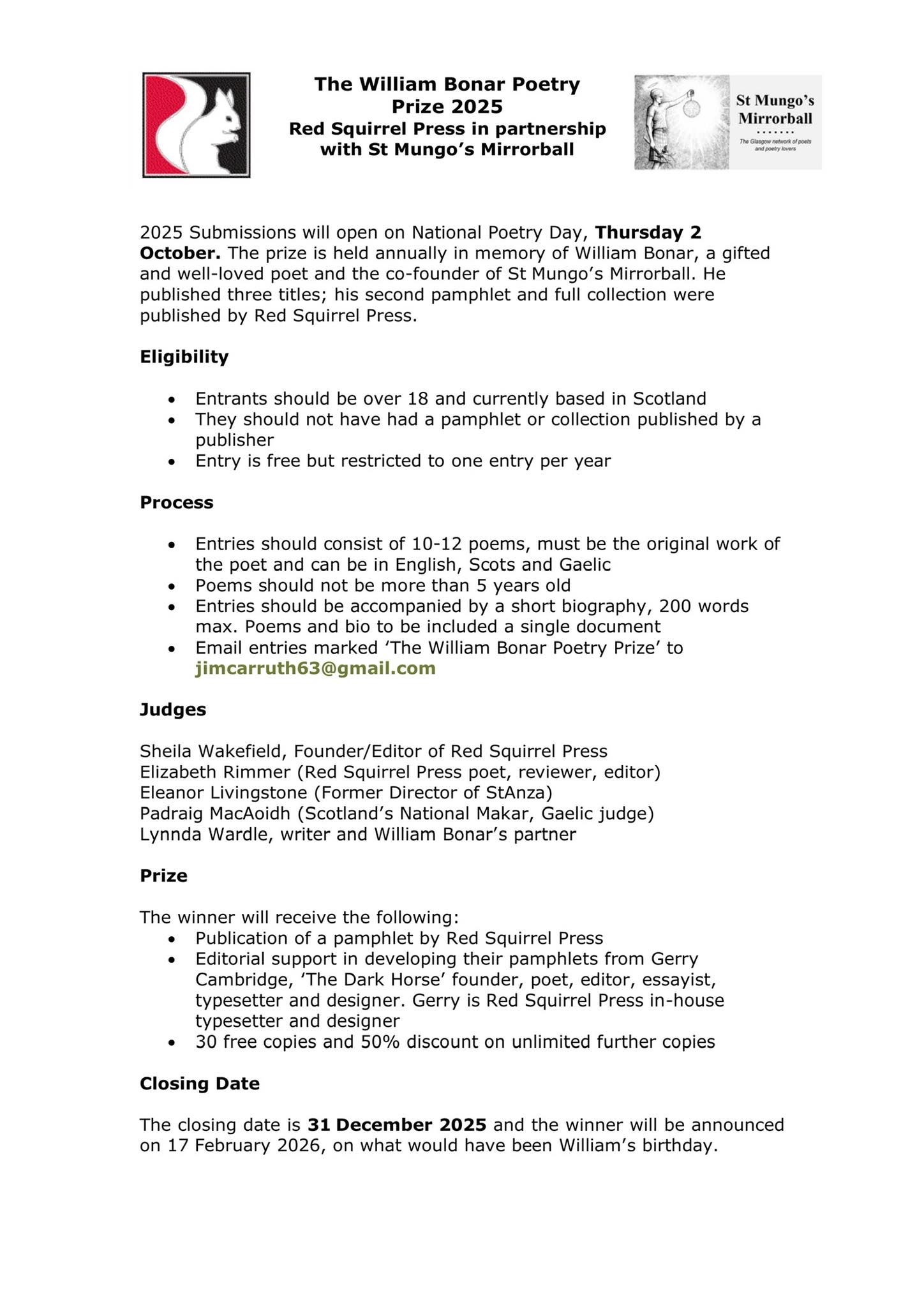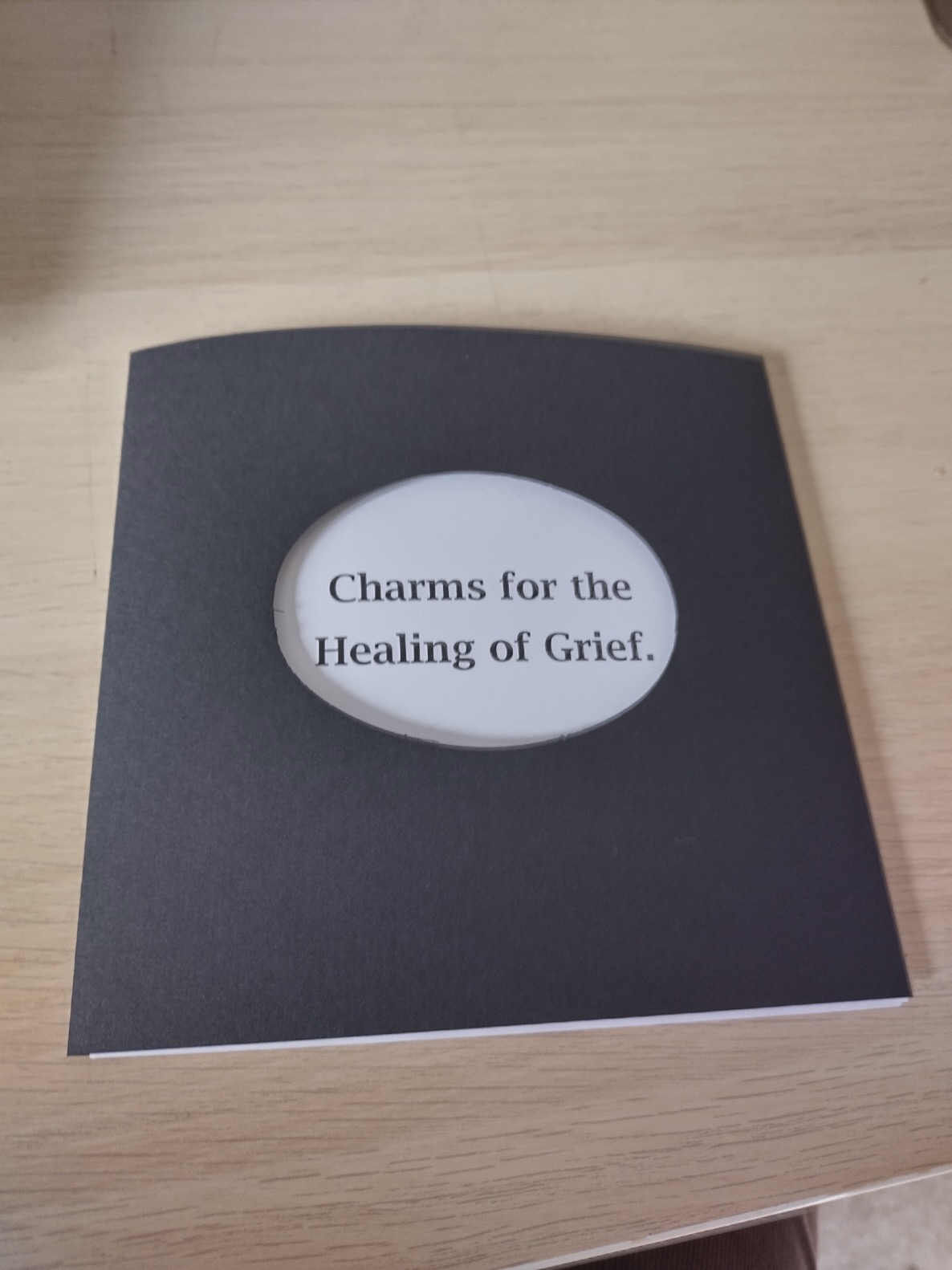Herbs and Poetry for Reclaiming What Was Lost
November 6, 2025 Reading time: 3 minutes
For years poets have mentioned Kamau Brathwaite's essay, History of the Voice, but I have never managed to track it down until someone on Bluesky kindly gave me a link and honestly it is one of the most interesting things I have ever read, creating links between my thinking on herbs as well as poetry, via colonialism and healing, and tying up with geopoetics and some work Mairi McFadyen was doing about culture and the body, and the discussion the young folk-singer Quinie had on her blog about 'singing like a bagpipe'.
Brathwaite discusses the way 'nation language' Brathwaite's useful term for the common language developed by the mixed populations of colonised people, which I will use henceforth, and culture was erased in Jamaica, and Western culture imposed. Scottish people who were told for generations to 'speak properly', that Scottish was 'slang' and not to speak Gaelic at all will understand this process, but it was taken much further in Jamaica. We are used to being marginalised and under-represented in literature syllabuses, and we know that pub quizzes will expect 'everyone' to know about the Tudors and Plantagenets, not the early Stuarts or the Lords of the Isles, but colonised communities were told they had no history or culture at all and were graciously introduced to the glories of Wordsworth or Shakespeare as gifts of the Empire. The result was children writing essays about snow falling on meadows rather than rain on canefields, poets writing in pentameters rather than the rhythms of nation language.
It goes further than this - Brathwaite says that pentameter
carries with it a certain kind of experience, which is not the experience of a hurricane. The hurricane does not roar in pentameter. And that's the problem: how do you get a meter that approximates the natural experience, that is the environmental experience?
I have come across two examples that demonstrate this in music. One is the Mongolian band Anda Union, who play the music of nomadic people following thier horses across the steppes. It is full of the sounds of wide open grasslands and the drumbeat of horses' hooves. The other is the psalm singing of the Scottish islands, which embodies the wind and high seas crashing on the shores of Lewis. I think this process is what Lorca means when he talks about duende in flamenco - it summons the spirit of place, which gives poetry its vital depth and truth, and I think it is what Quinie means when she talks about connecting her singing with place and its people. Building such a poetics is powerful and necessary work.
In a similar way, to recover and reclaim knowledge of plants, growing skills, cooking and crafting traditions can connect a people to a place and a community. Learning the herbs of a place connects me to the soil and the rainfall, the tastes and preferences of my neighbours. But I can also connect to the history and heritage I bring with me, my mother's cooking, what friends have shared with me. The herbs and the poems
mend a link
in the chain that leads us back to our dead,
and makes us whole, wherever we live now.
Latest Newsletter
October 31, 2025 Reading time: ~1 minute
The latest newsletter, The Day of the Dead, is out and you can read it here
Banking Up the Fire
October 21, 2025 Reading time: 2 minutes

It is a wet, grey, still morning. The summer is over and the garden is quietly sinking into itself, with only the last marigolds and a few rogue Welsh poppies left, sparks against the wet soil and the grey painted fence. I can see the bluetits in the damson tree now, as the leaves thin out, and the robin is taking full advantage of the cleared spaces to find food in my footsteps. I'm banking everything down now, the garden, and, now that Comrades of Dark Night is with the publisher, the poetry, for the quieter winter, while I plan for the next bit.
My attitude to the garden has been enthusiastic but unfocussed so far. I've tried to get to know it - the soil, the weather, the gradient, sun and shade, I've put all the interesting herbs I could find in it, and grown them as well as I could. Learning about herbs has been a passion which I have indulged and written about for years, but of late something else has grown out of it - you can't do much about herbs without discovering a long history of cultural appropriation, neglect, suppression, forced exile, extractivism, environmental degradation and simple contempt for traditional learning and culture that goes alongside it. I want my garden to reflect some of that. I am going to focus on growing the kind of plants that are iconic in their own countries, but threatened by over-harvesting or environmental despoliation - the za'atar and Cretan thyme of Lebanon, white sage of Native American territories, the rose and rhodiola of Bulgaria, and our own cowslip and pasque flower. And I'll be looking at the issues thrown up - biodiversity loss, war, the rigged capitalist market, misinformation and the gate-keeping of learning.
It all sounds a bit grim. But you go to the herbs for healing and nourishment, colour and delight. You can't look at the herbal traditions withoout coming across myth, legend, music and poetry. The South African cellist and composer Abel Selaocoe begins his joyous and wonderful concerto Four Spirits with the movement MaSebego, giving thanks to traditional healers “for bridging the gap between the modern world and the advice of our ancestors.” I want my garden, and my writing, to reflect some of that too. Maybe we can learn to build a few more bridges, make some more poetry, cook something tasty, share a little time of peace.

William Bonar Poetry Competition
October 7, 2025 Reading time: ~1 minute
It is my great pleasure to be one of the Judges for this exciting competition. William Bonar was one of the best poets I had the privilege of editing before his untimely death, and also one of the very nicest and wittiest men in poetry.
The prize is really worth having. Partial though I may be, Red Squirrel Press publications have a reputation for the highest production values, and I have known poets weep with delight when they first see the design Gerry Cambridge has come up with for their work. (An example, I nearly cried myself when I found the wee wren hiding in the pages of Haggards.) As an editor himself, having produced The Dark Horse poetry magazine for many years, he needs no introduction, and anyone would benefit from his advice in starting a poetry career.

Charms for the Healing of Grief
September 30, 2025 Reading time: 2 minutes

The big news this week is that the manuscript of Comrades of Dark Night is finished and away to the publisher for consideration. All being well it will be out in March, and there will be a lot of promotion posts over the next few months, with news of launch events and readings and so on as details become available.
The text of the Charms poems will be in it, and we have permission to use some of the glorious artwork by Hugh Bryden, so people who didn’t buy the limited edition won’t miss out too much. However, I do have four copies left, and I would like to sell them in aid of the Palestinian Heirloom Seed Library in Lebanon. News from Gaza is hard to come by and hard to hear, but a significant moment of loss was the destruction of the Seedbank in Gaza. I wrote about it here, and if you read my earlier blogpost Of Herbs and Poetry, you will see how profoundly this issue concerns me.
Copies cost £12 and all proceeds from sales will go to the seed library. There is £3 p+p but if you are in Glasgow I will get it to you by hand.
Some Geekery
September 17, 2025 Reading time: 2 minutes
There are fewer gaps on those shelves now, and I’ve even reached the point of adding layers, but what are you going to do when the world is full of interesting people writing so much inspiring stuff? One of the main reasons for reviving tis blog was so I could point anyone who might be interested in the direction of my latest discoveries, so here we go.
Misleadingly, it’s all online this time. First is a long and heavily academic article by James Paz: Storm-thoughts and ice-songs:
A creative-critical response to Old English eco-poetry
This is one for geopoetics people, eco-poets or fans of Old English poetry. It deals with the attitude of early English writers to the natural environment, pointing out that the modern division of ‘human’ and ‘natural’ didn’t really exist, and seeing the human psyche ‘imbricated’ in the natural world, shaped by it and responding to it in a way that is very different from our use of nature as metaphor. It reminds me of Lorca’s understanding of ‘duende’. For a working poet, it disappoints that he doesn’t make much comparison with the practice of contemporary poets, though Alice Oswald gets a mention. Susan Richardson and Jen Hadley have a lot to contribute to this topic – and of course, I’ve written relevant poems and discussed it a little myself! All the same, this article is grounded in a wealth of thinking and writing that I will be following up for a long time.
Then a blog from an artist known as Quinie. She is a multi-disciplinary artist and singer who sings Scots song and makes work exploring language, landscape, tradition, identity, and alternative histories. She has a record (yes, really, a vinyl LP) out called Forefolk, Mind Me, exploring travellers’ songs and the tradition of diddling and canntaireachd, but her blog is also a fascinating discussion of music, culture, tradition and place. The album is fab too.